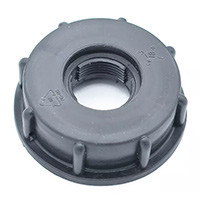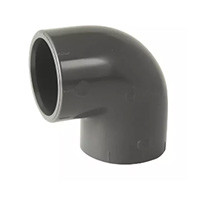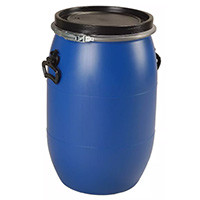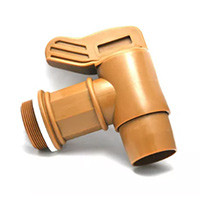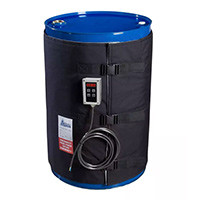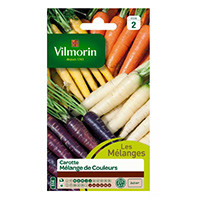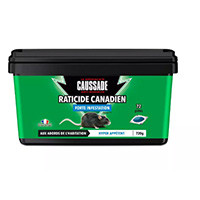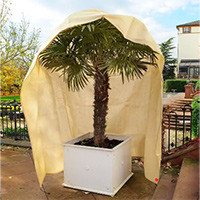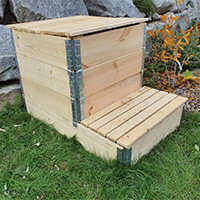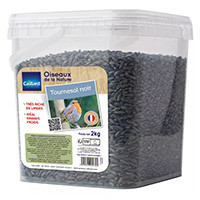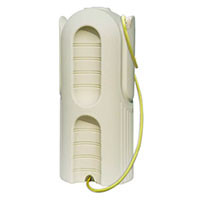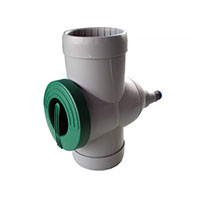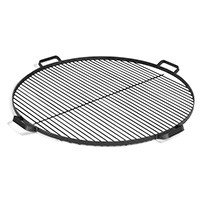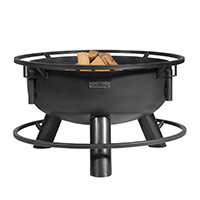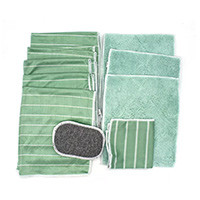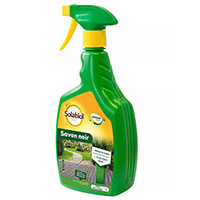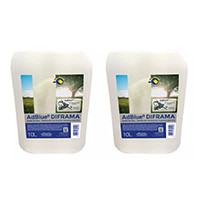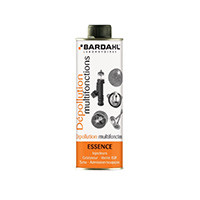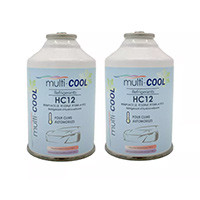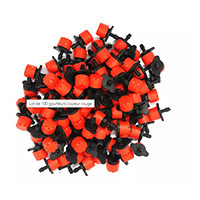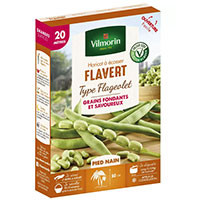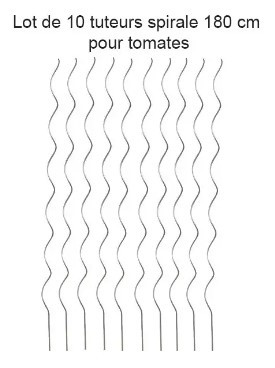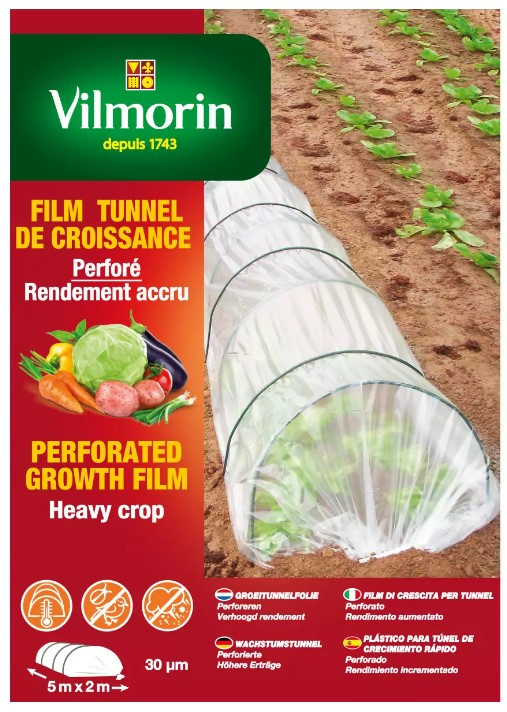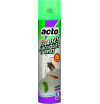
All About Diabolical and Green Bugs: Identification, Dangers
Table of Contents
Introduction to Diabolical and Green Bugs
Devilish stink bugs (or Halyomorpha halys) and green stink bugs (Nezara viridula) are two insect species that have recently gained visibility in Europe, especially because of their ability to invade homes and cause damage to crops. The stink bug is native to Asia, specifically China, Japan and Korea. It was accidentally introduced to Europe in the early 2000s, probably through freight transport. Since then, it has spread rapidly across the continent thanks to its remarkable adaptation to varied climatic conditions. The green stink bug, on the other hand, is also a species native to Asia, but it has been present in Europe for much longer.
These two bugs are similar in some aspects, including their characteristic shield shape and invasive behavior, but they differ in coloration and behavioral traits. The stink bug is mottled brown in color, which allows it to camouflage itself effectively on tree trunks and wooden surfaces. The green bug, as the name suggests, is a bright green color, making it more visible on plants. Both are polyphagous, meaning that they feed on many species of plants, making their presence particularly problematic for farmers.
Devilish and green stink bugs are best known for their tendency to seek refuge in human dwellings during cold periods, mainly in autumn. Their ability to squeeze through small openings makes them difficult to exclude once they find an entry point. Although they do not pose a direct danger to human health, they can become a significant nuisance due to their numbers and the unpleasant smell they emit when they feel threatened. For these reasons, it is essential to know how to identify them and what measures to adopt to limit their presence, both in our homes and in our gardens.
Identification of Diabolical and Green Bugs
Correctly identifying stink bugs and green stink bugs is a crucial step in better understanding and controlling them. The stink bug, whose scientific name is Halyomorpha halys, is between 12 and 17 millimetres long. It is characterized by a shield shape, typical of bed bugs, and a mottled brown color that allows it to blend in with its environment. Its antennae are often marked with distinctive clear bands, making it easier to identify. It also has whitish spots along the edges of the abdomen, visible when placed on a flat surface.
The green stink bug, or Nezara viridula, is slightly smaller, measuring between 12 and 15 millimeters long. As the name suggests, it has a uniform green color that allows it to camouflage itself effectively on plants, especially green foliage. As adults, its carapace is bright green, but the young stages, called nymphs, can have a variety of colors, ranging from black to red with white spots, before taking on their final green hue. This can sometimes be confusing when trying to identify it.
The life cycle of the two species follows a similar pattern, comprising several stages of development: egg, nymph, and adult. The eggs are usually deposited in clusters on the underside of the leaves, which protects them from predators. Nymphs go through several stages before becoming adults capable of reproduction. The length of their life cycle depends on climatic conditions, but it is usually from a few weeks to several months.
Devilish stink bugs are most active in the spring and summer, when they feed on a variety of plants to build up supplies before winter arrives. Green bugs, on the other hand, have a similar behavior, although their activity cycle may vary slightly depending on local climatic conditions. In autumn, both species seek shelter to winter, often in human dwellings or farm buildings. Their ability to survive in varied environments and feed on a wide range of plants makes them particularly difficult to control without proper identification and intervention.
Impacts on the Environment and Crops
Plant bugs are feared pests because of the extensive damage they can inflict on the environment and agricultural crops. Their polyphagous diet allows them to attack a wide variety of plants, including fruit, vegetable, and ornamental crops. Stink bugs have a strong preference for fruit trees, such as apple and pear trees, as well as vegetables such as tomatoes and peppers. They pierce the surface of fruits and vegetables to feed on the sap, causing deformation, discolouration and staining that reduce the marketability of the produce. This represents a significant economic loss for farmers, who see their yields decrease because of damaged fruit that has become unfit for sale.
The green stink bug, although it also feeds on many crops, causes different damages. It tends to focus on plants such as beans, tomatoes, and eggplants. When it bites plants for food, it injects enzymes that cause taste alterations and texture deterioration, making harvests less attractive to consumers. This damage can lead to significant losses in vegetable production.
Both species of stink bugs can also have an indirect impact on the environment by disrupting local ecosystems. By attacking crops and eliminating certain plant species, they change the relationships between different species in an ecosystem. In addition, the intensive chemical control practices employed by farmers to try to control these bed bug populations can have harmful consequences for beneficial insects, such as bees, and for biodiversity in general.
Due to the diversity of plants attacked, infestations of stink bugs and green stink bugs pose a significant threat to agriculture, both in terms of yield loss and costs related to the control of these pests. This pushes farmers to invest in means of protection and to modify their cultural practices to try to minimize the impact of these pests, which represents a significant economic cost. For these reasons, it is crucial to know these insects well and to put in place effective preventive measures to limit their proliferation and the damage they cause to crops.
Dangers to Human Habitat
Plant bugs do not pose a direct danger to human health, but they can become a significant nuisance for homes. In autumn, when temperatures drop, these insects seek to enter homes to take shelter and hibernate. They squeeze through cracks, ill-fitting window frames and other small openings, and can invade interior spaces in large numbers. Although they do not bite or transmit diseases, their mere presence can be extremely disturbing.
One of the main nuisances associated with these bugs is the unpleasant smell they give off when they feel threatened or crushed. This smell is due to a chemical substance secreted by glands located on their abdomen, intended to deter predators. This substance is not only smelly, but it can also permeate textiles, such as curtains or clothing, making it difficult to remove them without washing. In addition, the odor emitted can persist for several days, contributing to the discomfort of the occupants.
In addition to the smell, the presence of large numbers of bed bugs can cause visual and auditory discomfort. These insects fly noisily, and their relatively large size means that they can easily be noticed as they move around inside homes. Their presence, especially in large quantities, can make some spaces unlivable and cause stress for residents, especially those who have an aversion or fear of insects.
It is therefore essential to take preventive measures to prevent their intrusion. This includes sealing cracks and openings, installing screens on windows, and maintaining a good seal on doors and windows. Although they are not dangerous, stink bugs and green stink bugs are undesirable because of the nuisance they cause. Effective prevention is the best way to limit their presence and avoid the inconvenience they cause.
Natural Solutions and Chemicals to Get Rid of Them
To fight against stink bugs and green bugs, there are several methods, ranging from natural solutions to specific chemicals. Natural methods are often favoured to minimise the impact on the environment and avoid the use of toxic substances. One of the most effective methods is to set up homemade traps, such as light traps or sticky traps, that attract and capture bed bugs without the use of chemicals. Using certain repellent plants, such as mint or garlic, can also help keep these insects away from gardens and crops.
Other natural methods include the use of natural predators of bed bugs, such as birds, spiders, and some predatory insects. Encouraging the presence of these predators in the garden can help keep the stink bug population at an acceptable level. In addition, vacuuming bed bugs inside the house is a simple and non-toxic method to reduce their number, although it may require regular interventions.
However, when infestations are large, chemical solutions may become necessary. There are specific insecticides on the market designed to target bed bugs. These products are available in the form of sprays or powders, and their use must be in accordance with the manufacturer's recommendations to ensure their effectiveness while minimizing the risks to human health and the environment. On multitanks.com, we offer a range of suitable chemicals to combat these pests, offering a quick and effective solution to eliminate devilish and green bugs.
It is important to note that each method has advantages and disadvantages. Natural solutions are generally safer for the environment, but may be less effective in the event of a massive infestation. Chemicals, on the other hand, offer a more radical solution, but should be used with caution to avoid adverse effects on non-target wildlife and locals. Ideally, a combination of several approaches is often used to maximize the chances of success in controlling these pests.
How to Prevent an Infestation?
To prevent an infestation of devilish and green bugs, the first step is to secure the access to your home. Be sure to seal all cracks and openings around windows, doors, and foundations. Bed bugs have an amazing ability to squeeze through the smallest gaps, so it's crucial to check for ill-fitting window frames and gaps around doors. Installing screens in good condition on windows and air vents can also help prevent them from entering.
In autumn, when bed bugs are looking for refuge for the winter, it is especially important to take extra precautions. Consider installing door flanges to reduce gaps at the bottom of doors, and check the seals on doors and windows. It can also be helpful to limit light sources near entrances, as bed bugs are attracted to light and may be tempted to approach illuminated openings.
Outdoors, it is recommended that you reduce your garden's appeal to stink bugs by removing plant debris and keeping the grounds well-maintained. Bed bugs like to hide in piles of leaves, tall grass, and cluttered areas, so it's a good idea to keep these areas clear. Planting repellent plants such as mint, lavender, or garlic around the house can also deter bed bugs from settling nearby.
On multitanks.com, we offer a range of preventative products to help you protect your home from these pests. From repellent sprays to sealing barriers, these products can help you create extra protection and reduce the risk of infestation. Prevention remains the best strategy to avoid a massive intrusion and the inconveniences that result from it. By combining physical measures with preventive products, you can greatly reduce the chances of an invasion of devilish and green bugs in your home.
Conclusion
In conclusion, stink bugs and green bugs represent a major challenge for crops, the environment, and homes. Although their presence is not directly dangerous to human health, the nuisances they cause, both in terms of crops and homes, require appropriate actions. Correctly identifying these insects is essential to act effectively. Preventive measures, such as sealing openings and installing mosquito nets, combined with natural or chemical control solutions, can help limit their impact.
It is also important to choose the most appropriate control method for the situation. Natural solutions are ideal for an environmentally friendly approach, while chemical treatments may be necessary in the event of a large infestation. Whichever method is chosen, the objective is to reduce nuisance as much as possible without harming non-target wildlife or the environment.
We encourage you to visit multitanks.com to discover the products that will help you effectively control these pests. Our range of solutions, ranging from natural repellents to specific insecticides, is designed to offer you the best compromise between effectiveness and respect for your environment. Feel free to leave your questions or comments to help the community better understand these insects and share your experiences. By working together, we can find the most effective solutions to protect our crops and homes from stink bugs and green bugs.
Share this content

